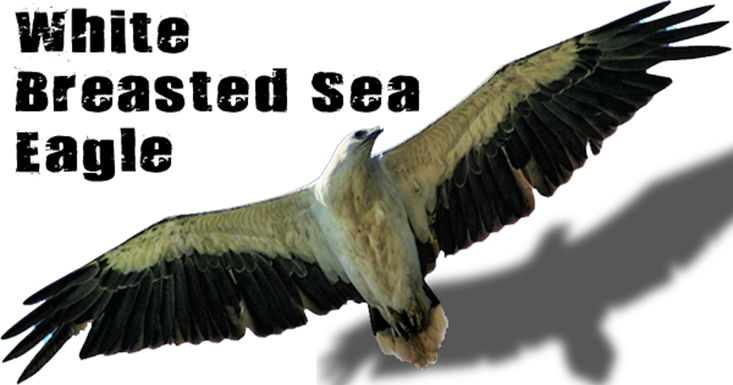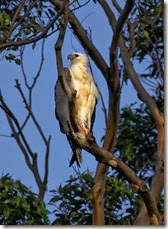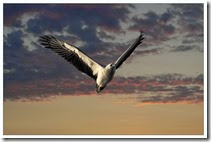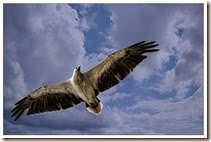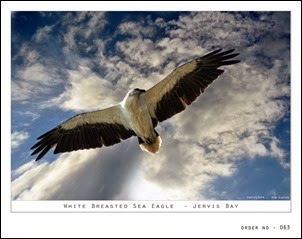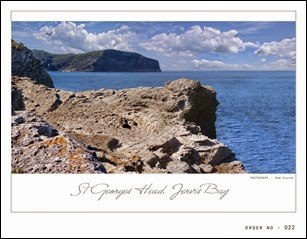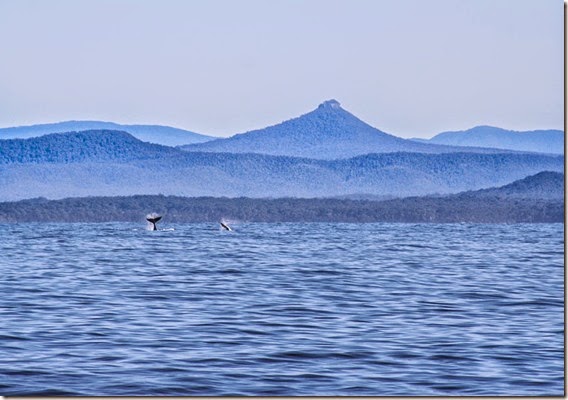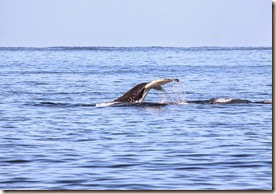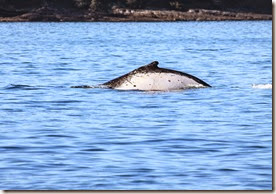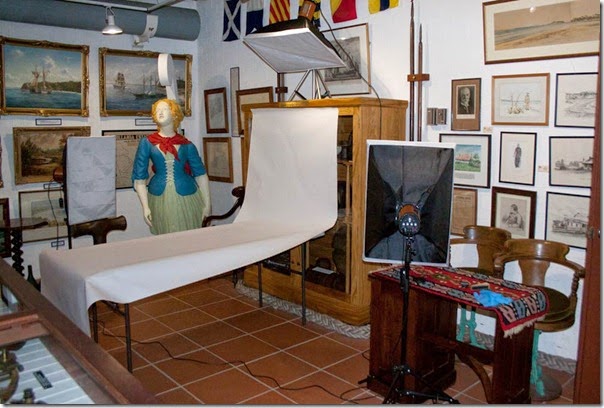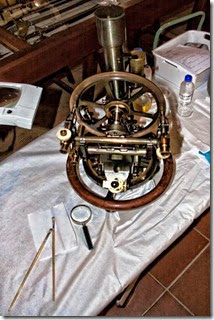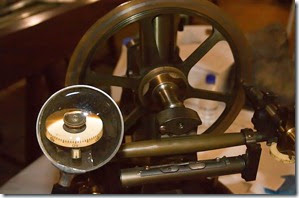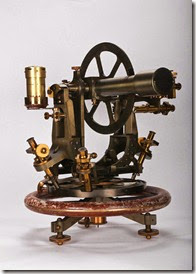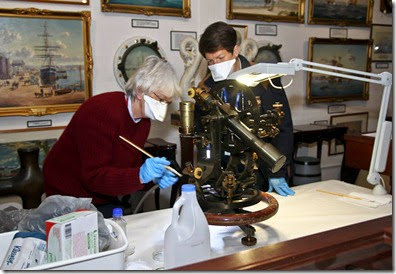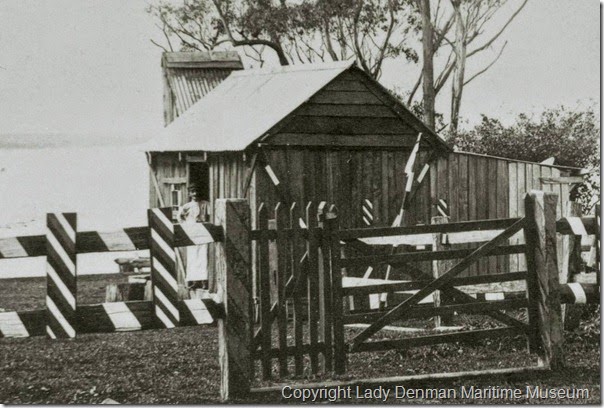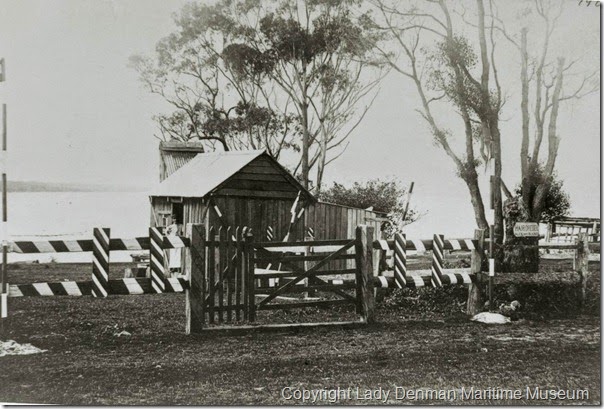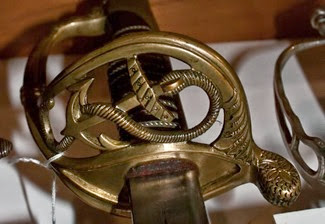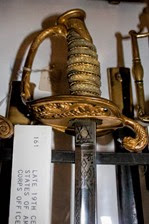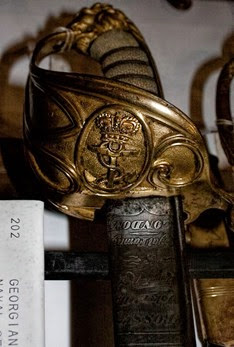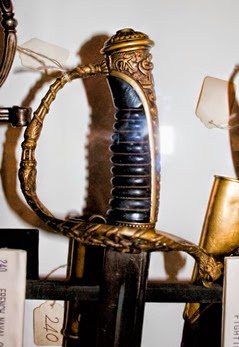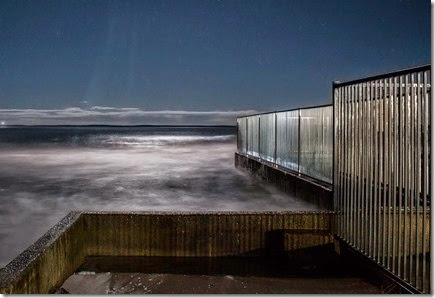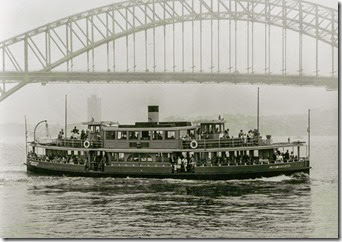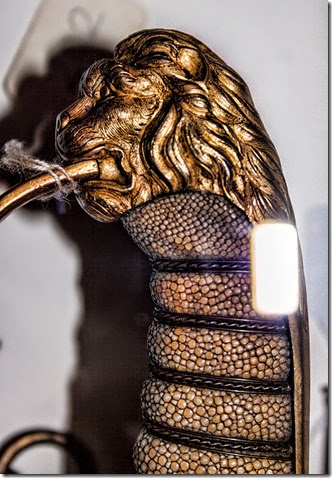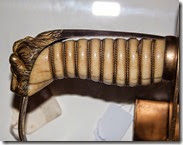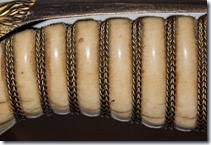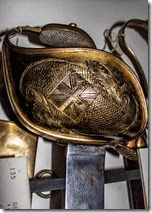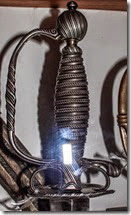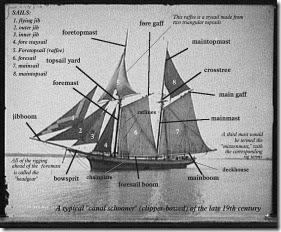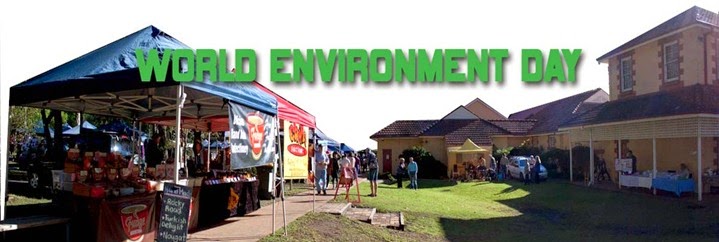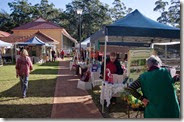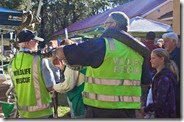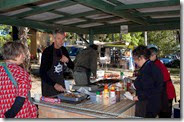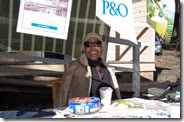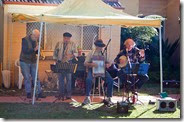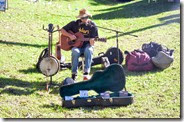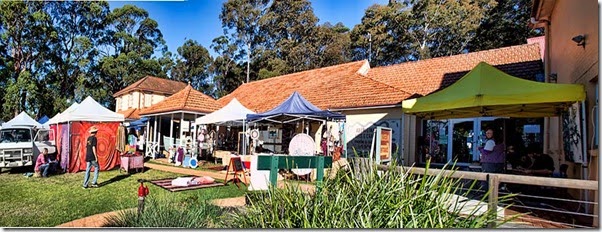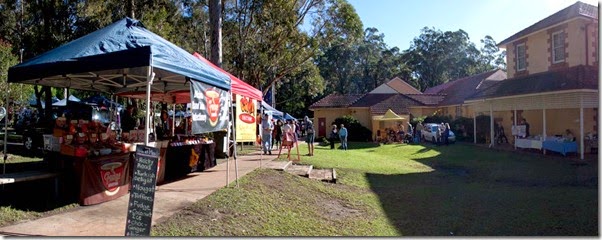On this day 21st June - 1822 - Two of the crew of Alexander Berry’s settlement party Thomas Davidson and one other were drowned trying to enter the Shoalhaven River.
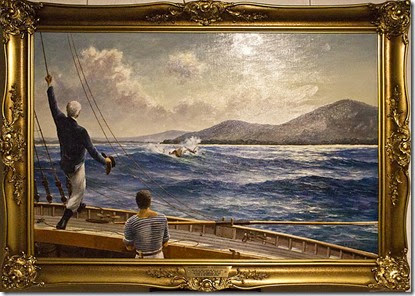 Depiction of the tragic loss by painter Ian Hansen on display in the museum.
Depiction of the tragic loss by painter Ian Hansen on display in the museum.
1795 – 1882. A life of adventure and tragedy.
Aged 15 Thomas joined the 395 ton Brigantine convict ship the Boyd as an apprentice bound for Australia with a load of Irish convicts. Once the convicts are unloaded in Sydney 2 Maori are added to the crew and they continue on with their journey back to England via New Zealand.
Melancholy catastrophe of the Boyd.
While visiting Whangaroa to collect timber for spars the local Maori were greatly insulted by the actions of Captain John Thompson on the Boyd. During the trip Captain Thompson had the chief's son “Te Ara” or George as he was named by the Europeans lashed for refusing to work on board the ship as he was the son of a Chief and should not do such work. Once George went ashore still bearing the marks from the lashing and seeking revenge, the enraged Maori lured the captain and some crew ashore where they were slaughtered, the Maori dressed in the sailors uniforms boarded the ship and killed all the passengers and crew, around 70 people. Only the second mate, Mrs. Morley, her baby daughter, a young girl Betsy Broughton and George are spared.
An orgy of cannibalism.
At the time of the massacre Thomas hid in the ships hold, staying there for four days while the Maoris aboard conducted a victory orgy of cannibalism.
Thomas is believed to have survived because he had befriended George during the voyage, had disliked the captains treatment and flogging of the crew and convicts on board, after Gorge was flogged Thomas attended the wounds and smuggled food to George during the trip.
Enslaved by the Maori.
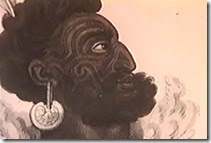 George tells Thomas that the Boyd crew was killed and eaten in revenge (utu) for a previous ship’s crew they had made welcome. Many of the tribe caught diseases after this European contact and died. The natives believed it was caused by an evil curse uttered by the ship’s captain. They waited for the next ship to extract revenge for this curse and now to avenge George’s cruel lashing.
George tells Thomas that the Boyd crew was killed and eaten in revenge (utu) for a previous ship’s crew they had made welcome. Many of the tribe caught diseases after this European contact and died. The natives believed it was caused by an evil curse uttered by the ship’s captain. They waited for the next ship to extract revenge for this curse and now to avenge George’s cruel lashing.
A portrait of George.
Rescue arrives - Alexander Berry.
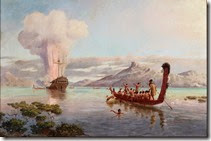 Alexander Berry hearing of the massacre and survivors headed for the scene, he found the Boyd completely burnt out.
Alexander Berry hearing of the massacre and survivors headed for the scene, he found the Boyd completely burnt out.
The Maori while ransacking the ship had accidently set alight strewn gunpowder with a musket flint, resulting in a huge explosion killing a number of Maori including Te Ara a local chief.
Louis_John_Steele_-_The_blowing_up_of_the_Boyd
Retribution.
Berry showing great courage and threatening retribution made the Maori release Davidson and two others a Mrs. Morley her baby daughter and a 2 year old child named Betsy, the second mate had been put to work making fish hooks but the natives grew tired of his efforts and killed and ate him two weeks after the initial attack.
Thomas Davidson returned to England via South America, finally arriving in 1811. During the journey home he survived an horrific hurricane, there was a mutiny on board and he was suspected of killing Kee, the ships bully. Thomas jumped ship in Puru and worked his way back to London.
He later returned to Australia and worked for Berry accompanying him on many exploratory expeditions along the South Coast.
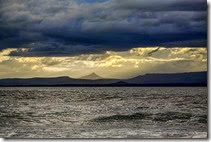 One of these adventures resulted in Alexander Berry, Hamilton Hume and Thomas Davidson making the first recorded ascent of Pigeon House Mountain near Ulladulla in 1822.
One of these adventures resulted in Alexander Berry, Hamilton Hume and Thomas Davidson making the first recorded ascent of Pigeon House Mountain near Ulladulla in 1822.
Pigeon House, iconic symbol of the south coast landscape near Ulladulla.
Unfortunately at the age of twenty seven, seeking a passage into Shoalhaven River his boat was overturned and Thomas Davidson was drowned, an accident that Berry bitterly regretted.
The story of the Boyd massacre is compelling reading, you can find more information in the following links.
below is a documentary of the Boyd Massacre, well worth watching.
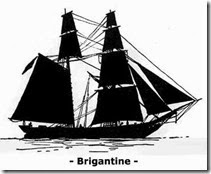 REF”
REF”
http://firstfleetfellowship.org.au/stories/william-broughton/
http://commons.wikimedia.org/wiki/File:Louis_John_Steele_-_The_blowing_up_of_the_Boyd_-_Google_Art_Project.jpg
http://en.wikipedia.org/wiki/Boyd_massacre
http://trove.nla.gov.au/ndp/del/article/2206419
http://homepages.ihug.co.nz/~tonyf/loot/boyd.html
http://nzetc.victoria.ac.nz/tm/scholarly/tei-McNTasm-t1-body-d10.html
http://legacy.mblwhoilibrary.org/cook/#section10
 ON THIS DAY – 30th June 1828 Thomas Florence recorded Termeil Lagoon and Lake Tobourie and explores Burrill Lake.
ON THIS DAY – 30th June 1828 Thomas Florence recorded Termeil Lagoon and Lake Tobourie and explores Burrill Lake.
